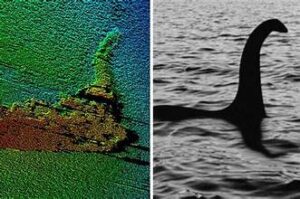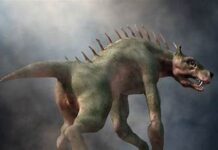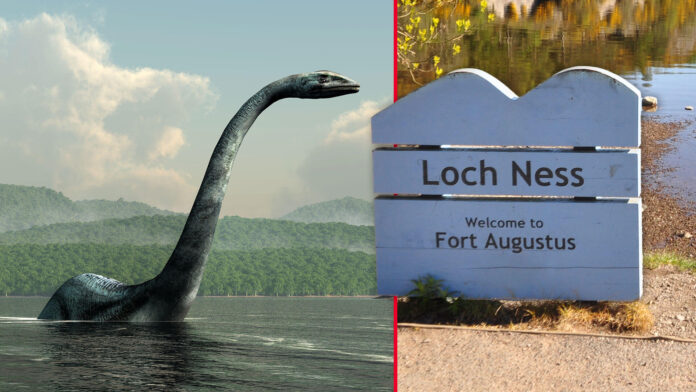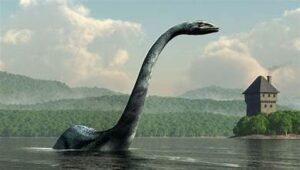The Loch Ness Monster, affectionately known as Nessie, has been a captivating enigma for decades. This mysterious creature, said to inhabit the depths of Loch Ness in Scotland, has inspired countless legends, scientific investigations, and popular culture references. As we advance into an era where technology is ever-evolving, the search for Nessie has taken on new dimensions, reshaping how we approach this age-old mystery. This article delves into how modern technology is influencing the search for Nessie, enhancing our methods of exploration and analysis.
The Legacy of Nessie
The Loch Ness Monster first captured public imagination in 1934, with the publication of a photograph known as the “Surgeon’s Photograp.” This image, later revealed to be a hoax, ignited a global fascination with the creature reputedly seen in the murky waters of Loch Ness. Despite numerous investigations and the proliferation of potential evidence, the true existence of Nessie remains unconfirmed. This mystery has propelled ongoing interest and investment in modern search methods.
Technological Advancements in the Search for Nessie
1. High-Resolution Sonar Imaging
Sonar technology, used to map the underwater landscape, has been a crucial tool in the search for Nessie. Traditional sonar has been enhanced with high-resolution imaging systems that provide detailed scans of Loch Ness’s depths. Modern sonar systems can create three-dimensional maps of the lakebed, identifying anomalies and large objects that could potentially be the elusive monster. These advanced systems use multiple frequencies to penetrate the lake’s depths and produce clearer images, increasing the chances of discovering anything unusual.
2. Underwater Drones and Remote Operated Vehicles (ROVs)
The advent of underwater drones and ROVs has revolutionized underwater exploration. These remotely operated devices can navigate the treacherous conditions of Loch Ness, capturing high-definition video and gathering real-time data. Equipped with powerful lights and cameras, these drones can explore areas that are difficult or impossible for human divers to reach. They provide an unobstructed view of the lake’s murky waters, allowing researchers to search for any potential signs of Nessie more effectively.
3. Environmental DNA (eDNA) Analysis
A groundbreaking development in the search for Nessie is the use of environmental DNA (eDNA) analysis. This technique involves collecting water samples from Loch Ness and analyzing them for traces of DNA that may indicate the presence of unknown species. By filtering and sequencing the DNA present in the lake, researchers can identify the types of organisms living in the water, including any previously undiscovered species. This method offers a non-invasive way to explore Loch Ness’s biodiversity and search for Nessie without directly disturbing the habitat.
4. Artificial Intelligence and Machine Learning 
Artificial Intelligence (AI) and machine learning have begun to play significant roles in analyzing the vast amounts of data collected from sonar scans, underwater drones, and eDNA analysis. AI algorithms can sift through hours of footage and sonar data to identify patterns and anomalies that might be missed by the human eye. Machine learning models can be trained to recognize specific signatures or behaviors associated with large aquatic creatures, improving the accuracy and efficiency of searches.
5. Crowdsourcing and Citizen Science
The rise of crowdsourcing and citizen science platforms has democratized the search for Nessie. Enthusiasts and amateur researchers from around the world can contribute to the search by analyzing data, participating in field expeditions, and sharing their observations. Online platforms and social media have created a global community of Nessie seekers who collaborate and share information. This collective effort can amplify the search efforts and increase the chances of discovering new evidence.
Challenges and Limitations
Despite these technological advancements, the search for Nessie is not without its challenges. Loch Ness’s unique environment, with its dark, murky waters and fluctuating water levels, presents difficulties for accurate detection and analysis. The lake’s size and depth also make it a complex and time-consuming task to thoroughly explore every possible area where Nessie might be hiding. Additionally, the vast amount of data generated by modern technology requires careful interpretation and analysis, often demanding significant time and resources.
The Future of Nessie Research
Looking ahead, the future of Nessie research is likely to be shaped by continued advancements in technology. Innovations in underwater exploration, data analysis, and environmental monitoring will provide new opportunities for discovery. As technology continues to evolve, it may eventually provide conclusive evidence about the existence of Nessie or reveal entirely new insights about Loch Ness’s ecosystem.
Moreover, as public interest in Nessie endures, there will likely be increased funding and support for scientific investigations and technological developments. The combination of advanced technology and enthusiastic public involvement ensures that the search for Nessie will remain a fascinating and dynamic field of study.
Conclusion
The Loch Ness Monster has captivated imaginations for decades, and modern technology is reshaping how we approach the search for this elusive creature. From high-resolution sonar imaging and underwater drones to eDNA analysis and AI-driven data analysis, technological advancements are enhancing our ability to explore and understand Loch Ness. While challenges remain, the continued integration of cutting-edge technology into Nessie research holds the promise of new discoveries and deeper insights into one of the most enduring mysteries of our time. As we continue to explore the depths of Loch Ness, the search for Nessie is likely to remain a thrilling adventure at the intersection of science and legend.



















